Introduction
Granted a Royal Charter by Queen Elizabeth I in 1600, The East India Company was founded to explore the mysteries of the East. As The Company grew, it mapped trade routes through unchartered territory and changed social customs, tastes and ways of thought to influence the very fabric of our lives today.
The Company’s pioneering spirit and sense of adventure created British India, founded Hong Kong and Singapore and introduced tea to Britain and India. Their warehouses were places of wonder, stocking never before seen silks, chintzes, calicos, porcelain, coffees, chocolates and spices from around the world. They played a pivotal role in writing our history by planting the first teas in Darjeeling, causing the Boston Tea Party; holding Napoleon captive; and generating the fortune of Elihu Yale, founder of Yale University.
- 1600
- 1601
- 1608
- 1613
- 1684
- 1733
- 1773
- 1848
- 1873
 1600: The Royal Charter
1600: The Royal Charter
The Company of Honourable Merchants of London trading into The East Indies was granted a Royal Charter by Queen Elizabeth I, and established itself with 125 shareholders and £72,000 of capital.
Sir Thomas Smythe was appointed The Company’s first Governor.
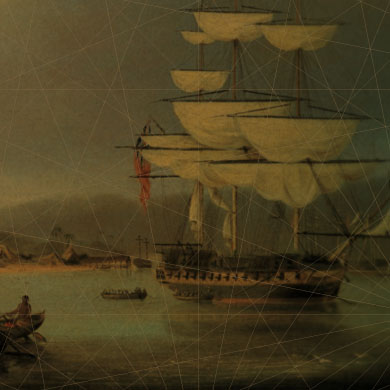 1601: The First Voyage
1601: The First Voyage
Five vessels left Woolwich for the Spice Islands or East Indies in February, 1601. The mission, led by James Lancaster, carried six letters of introduction from The Queen, each with a blank space for the name of the local King.
Though Lancaster’s intention was to trade iron, lead and British broad cloth for spice, he made little impression, as the Dutch restricted British access, and the broad cloth was deemed too heavy to be of use by those living in the tropics.
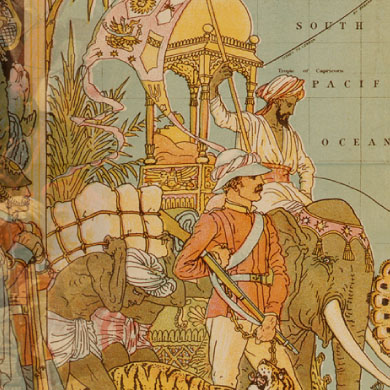 1608: Landing in India
1608: Landing in India
The Company’s ships first arrived in India, at the port of Surat, in 1608. Sir Thomas Roe reached the court of the Mughal Emperor, Jahangir, as the emissary of King James I in 1615, and gained Britain the right to establish a factory in Surat.
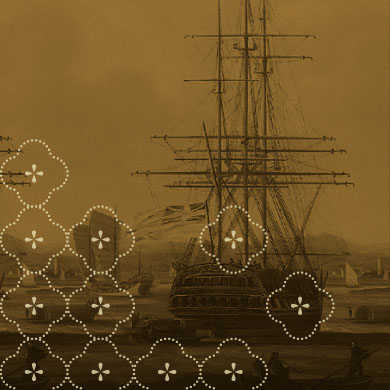 1613: Japan Landing
1613: Japan Landing
In June 1613, The Clove, an East India Company ship, became the first British ship to reach Japan. Bearing official letters and gifts from King James I for retired Shogun Tokugawa Ieyasu and his ruling son, Hidetada, and with the assistance of Englishman William Adams known as ‘Anjin’ (a trusted advisor of the Shogun), the Commander of The Clove, Captain John Saris presented from England, a telescope, a precious cup and cover and English Wool. By return, Hidetada presented Saris with two suits of armour for King James I, while Ieyasu gave to him ten spectacular painted gold-leaf screens, as well as a warm letter for the King and an official Vermilion Seal Letter granting the English permission to live and trade throughout Japan, thus beginning a remarkable friendship between two countries on opposite sides of the world.
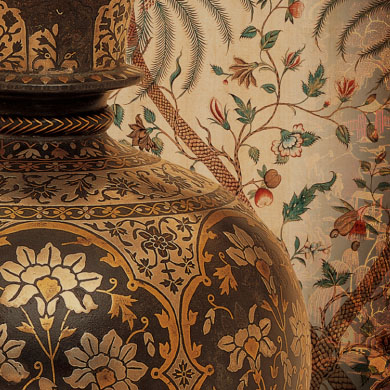 1684: Trade with China
1684: Trade with China
In 1664 England, with the demand for tea booming, The East India Company placed an order for 100 lbs of tea and by 1750 annual imports reached 4,727,992 Lbs. The Company received Chinese permission to trade from Guangzhou (Canton) importing silk, tea and porcelain, and so trade began with the Hongs who controlled trade within China.
Having initially traded tea for silver, the English were concerned that too much silver was leaving their shores. So they began to trade a product locally grown in its Indian territories, opium, in exchange for tea, which lead to the Opium Wars between Britain and China.
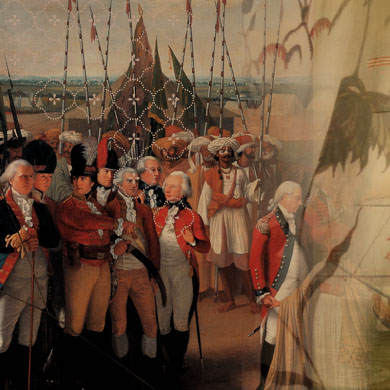 1733: St Helena, The Forgotten Coffee
1733: St Helena, The Forgotten Coffee
The East India Company first introduced coffee plants and seeds from Yemen to St Helena on board the Houghton from the Red Sea port of Mocha.
Unique and rare in flavour, St Helena coffee is produced from a single type of Arabica bean known as Green Tipped Bourbon Arabica. It is still grown in St Helena and remains one of the world’s finest and most respected coffees.
Napoleon Bonaparte, exiled to the island in 1816, remarked on the fine quality of St Helena coffee, and allegedly even asked for it as his dying wish.
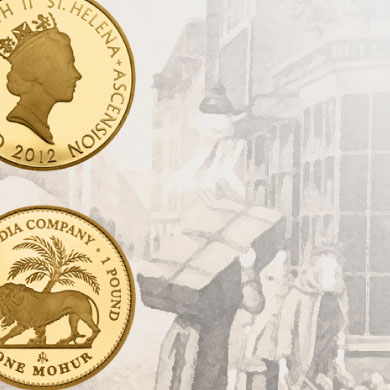 1773: The Boston Tea Party
1773: The Boston Tea Party
The Boston Tea Party was driven by resistance throughout British America against the Tea Act, passed by the British Parliament in 1773. Colonists objected to the Tea Act as it violated their right to be taxed only by their own elected representatives.
Men thinly disguised as Mohawk Indians dumped 342 chests overboard the Dartmouth, Eleanor and Beaver ships into the Boston Harbour. Each chest was loaded with precious cargo, tea from The East India Company.
Today, a single chest, with its original East India Company marks survives in Boston’s Tea Party Museum.
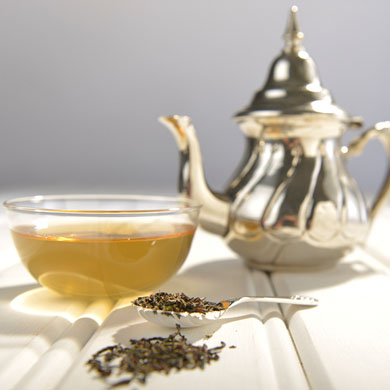 1848: Darjeeling Tea Established
1848: Darjeeling Tea Established
Once a botanist, Robert Fortune was hired by The Company to obtain the finest tea plants from China to establish plantations in India.
He began his espionage disguised as Chinese man ‘from a distant province’ and hired an interpreter as a precaution, as the Chinese were extremely protective of their virtual monopoly on tea production.
His efforts eventually resulted in the shipment of 20,000 plants to the Himalayas, established Darjeeling as one of the finest tea producing regions in the world, and India as a dominant world tea producer.
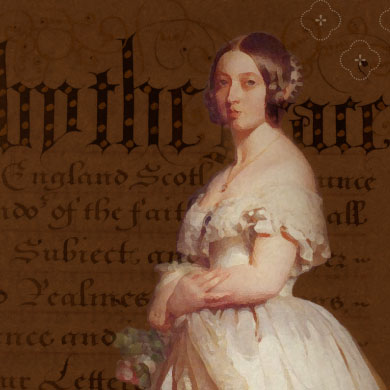 1873: The East India Company Stock Redemption Act
1873: The East India Company Stock Redemption Act
By the time of The Act’s passing, the East India Company was effectively dissolved, as The Crown had assumed all governmental responsibilities held by The Company by The Act for the Better Government of India. The Company’s 24,000-man military force was incorporated into the British Army, leaving it with only a shadow of the power it had wielded years earlier.
Its legacy was to last forever, as quoted by The Times in 1874, “[The Company] accomplished a work such as in the whole history of the human race no other company ever attempted and as such is likely to attempt in the years to come.” Queen Victoria, the ruling monarch at the time, became the first monarch to use the title ‘Empress of India’.
 UK
UK
 Visit our US Store
Visit our US Store
